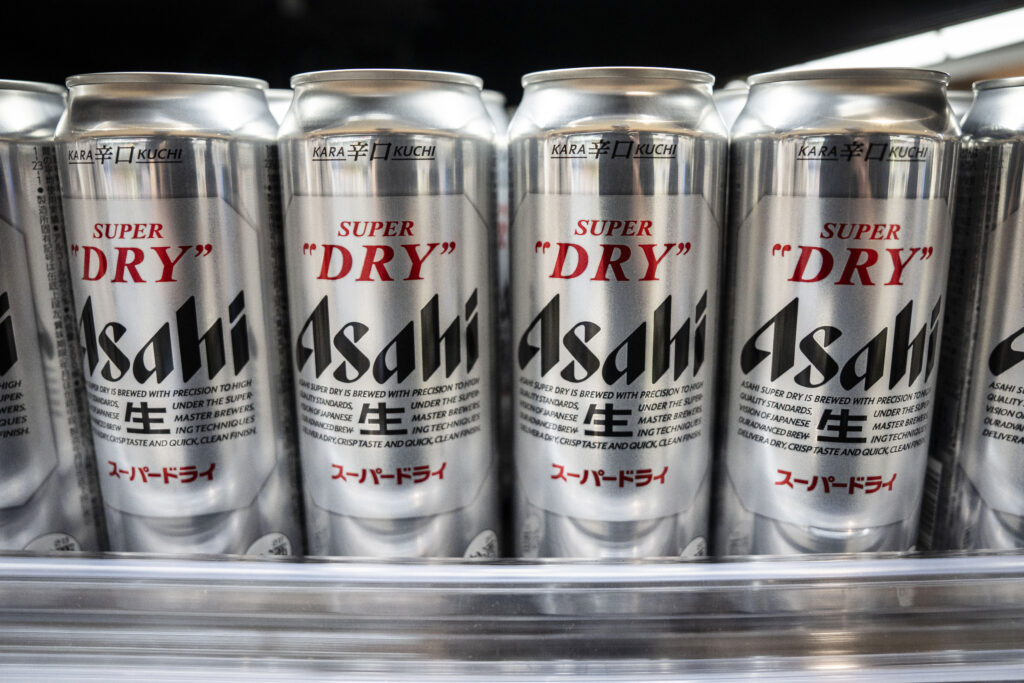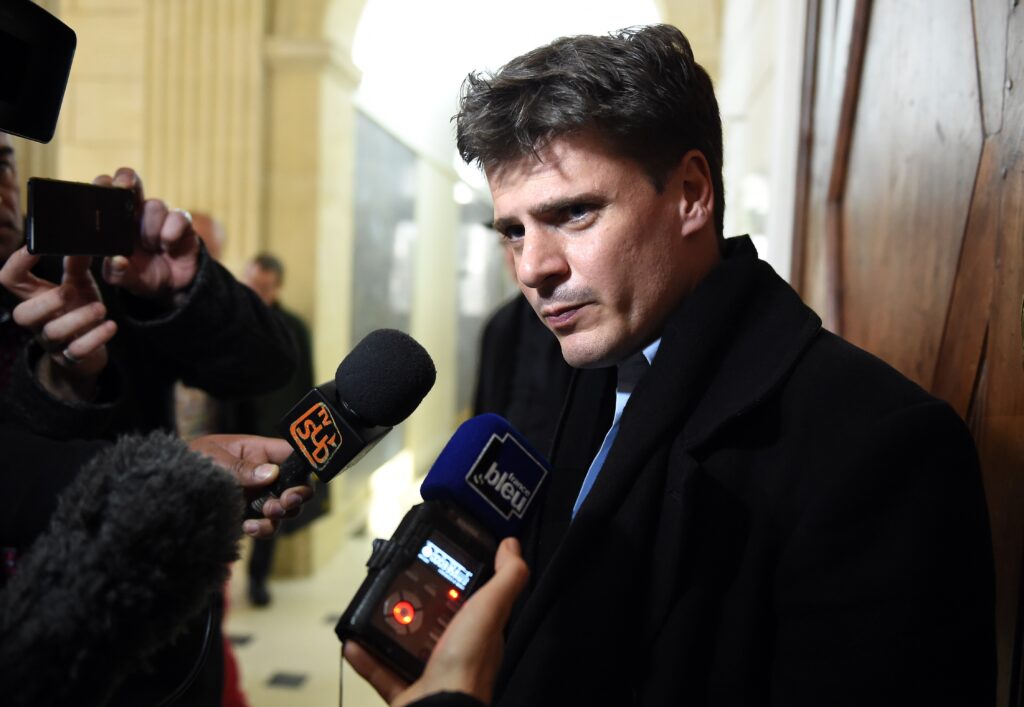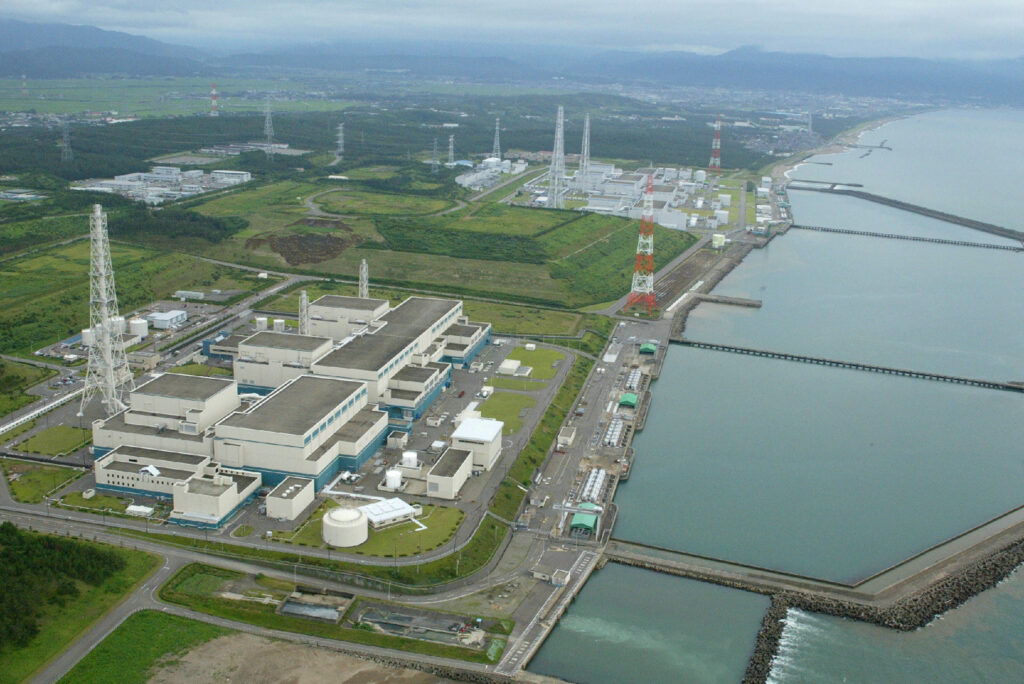India’s injured Gill out of must-win second South Africa Test
India skipper Shubman Gill will miss the must-win second Test against South Africa on Saturday because of the neck injury he sustained in the opening match.The hosts will be led by wicketkeeper and deputy Rishabh Pant in Guwahati as they attempt to rescue the two-Test series.”He is doing fine, he is getting better,” Pant said on Friday of Gill.”He was keen on playing this Test match but his body didn’t allow it.”The Board of Control for Cricket in India (BCCI) said Gill “will head to Mumbai for further assessment of his injury”.Batsman Gill suffered neck spasms in the first innings of the opening Test and pulled out of the remainder of the match, spending a night in hospital.He travelled with the team to Guwahati but was forced out as the medical staff believed playing him would risk aggravating the injury.”From a captaincy point of view, when you see his resilience that even when your body is not supporting, but you want to push it for your team, that’s the kind of mindset we want to inculcate and he did it from the front,” said Pant.Top-order batter Sai Sudharsan is expected to replace Gill in the team, which will be announced at the toss.India lost a low-scoring opener after they were bundled out for 93 in a chase of 124 at Kolkata’s Eden Gardens.It was India’s fourth Test defeat in six matches at home after New Zealand registered a rare 3-0 whitewash on Indian soil last year.”It’s been a tough Test match, the last one, and coming out of it we just want to do whatever is required to win this Test match,” said Pant.A flamboyant left-hand batter, Pant returned to India’s squad for the South Africa Tests after missing the home series against the West Indies last month as he recovered from a foot fracture.The deputy captain said: “One-off matches is not the best scenario as a captain… but whenever you are leading your country it is the proudest moment especially in Test cricket.”At the same time I don’t want to think about it too much. I do not want to take that undue pressure of captaincy in my mind.”The Kolkata pitch drew criticism — it had turn and inconsistent bounce, the Test ending inside three days.The best individual score was South African skipper Temba Bavuma’s unbeaten 55 in the second innings.”This wicket will play better. Definitely it is a better wicket to bat on,” said Pant.”Obviously it will eventually turn after a few days but it is going to be a good contest.”South Africa are chasing a first series win on Indian soil since Hansie Cronje’s team triumphed there in 2000.




